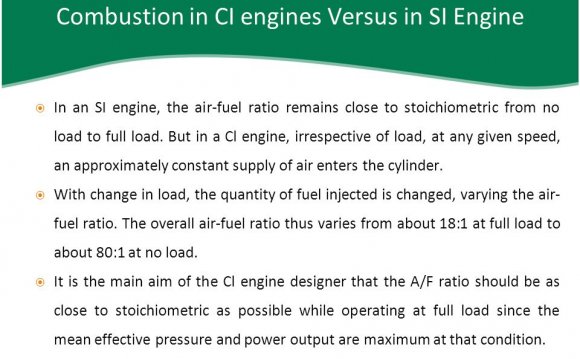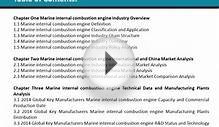
Simulation of combustion in SI engines has been an interesting research topic for several decades. However, no rigorous theory of combustion has yet been conceived which takes into account the chemical reaction kinetics and transport properties at the flame temperatures, local gas turbulence during combustion, combustion chamber geometry, location of spark plug, compression-ratio etc., all included. Successful simulation of combustion depends very much on the accuracy with which the combustion process itself could be predicted in terms of the combustion duration, ignition delay, combustion temperature and pressure, flame velocities and heat release rates etc. The fuel heat release rate which virtually controls the combustion process is dependent on the “Mass-Fraction-Burnt (MFB)”. The “Weibe-model” which hitherto was popularly used to represent the MFB vs. crank angle curve is unable to demarcate between diffusive and premixed flames. In the present research work, a “Logistic Model with Conditional Variability in MFB” , has been developed for a more precise simulation of combustion in SI engines as the model has built in routines to take into account such factors as location of spark plug, single/dual spark plugs, intake generated swirl, combustion chamber geometry (associated with Bore/Stroke ratio)etc. New and improved models for optimizing the “Overall Combustion Duration” , and “Ignition Delay / Flame Development Angle” , have also been proposed which take into account primarily the influence of Compression ratio on the overall combustion process in SI engines. Taylor's original equation for estimating the overall combustion duration has been modified by including a logistic equation for the error term and incorporating it in the original equation. Ignition delay as proposed by Keck et al., has been modified by incorporating a polynomial of 3 rd order into the original equation.
A program in Turbo-C++ has been developed for the complete simulation of SI engine combustion, taking into account the conditional variability effect, variable specific heats of burnt gases, dissociation of gases at high temperatures, progressive combustion phenomena, heat transfer (based on Woschni's equation), gas exchange process based on 1D-steady gas flow equation employing Taylor's mach index of 0.6 for valve design. The program is very handy to make preliminary parametric studies which may later be validated experimentally. Another unique feature of the program is that it is able to simulate the onset of knock with increase in the compression ratio for specified value of the fuel's RON. A fully computerized, variable compression ratio, variable spark advance SI engine test rig has been used for this purpose.
RELATED VIDEO












